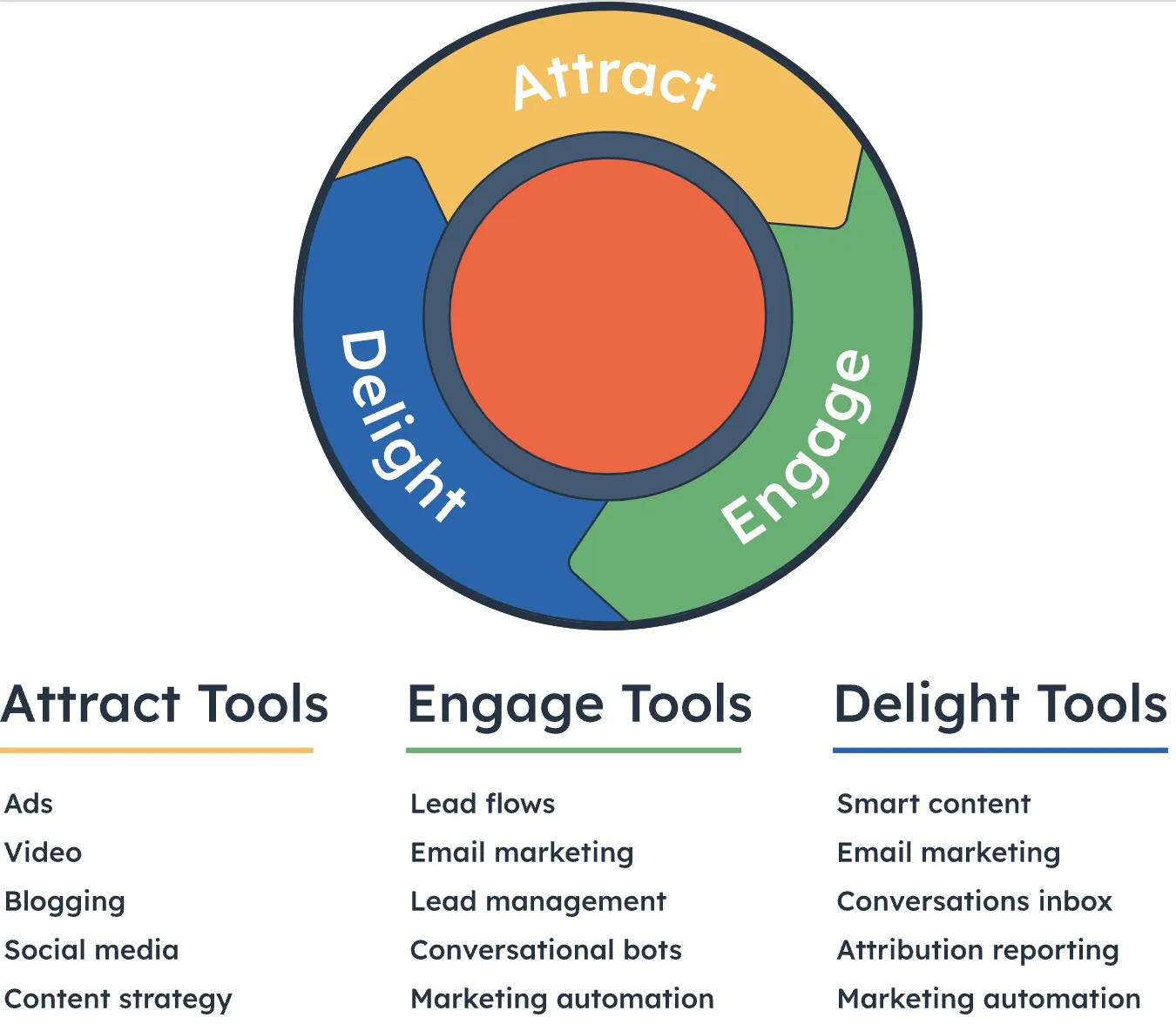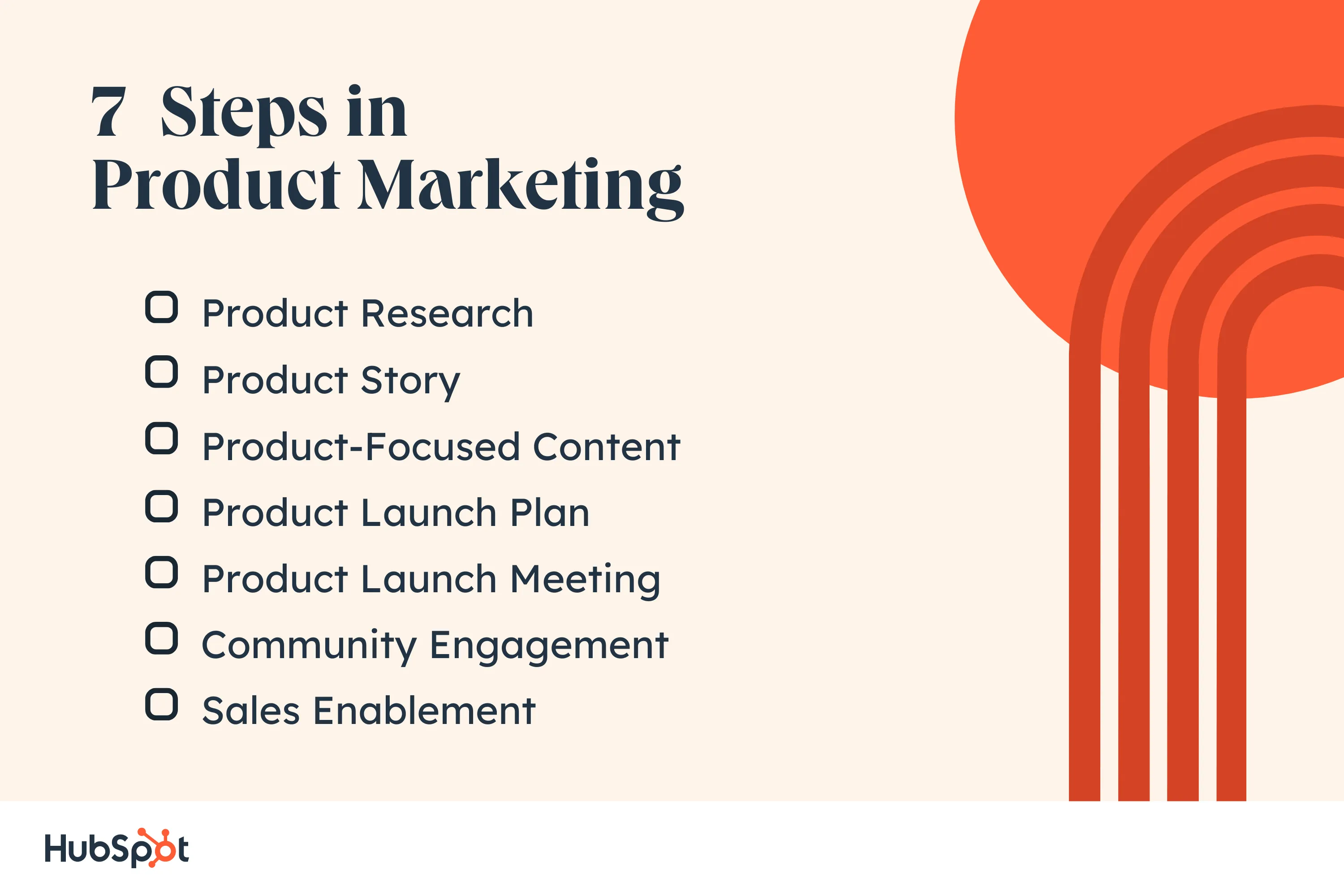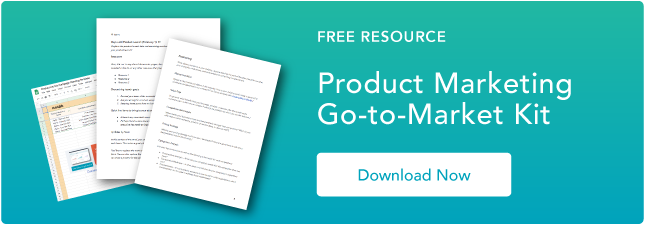
What Does Product Marketing Do?
- September 10, 2023
- Knowledge Base
- 0 Comments

Successful product marketing drives sales. But what exactly is product marketing, and what does product marketing do?

Despite its necessity and ubiquity, many business owners aren’t sure how to answer this question. While a quick Google query brings up a host of articles about how to use product marketing, very few pieces start from the ground up.
Why? Because product marketing is one of the few job functions that touches product, marketing, and sales. It all comes down to knowing the target customer and finding ways to learn more about them and how best to interact with them.
What does product marketing do?
Product marketing is the process of facilitating a product’s journey to market.
This includes deciding the product’s positioning and messaging, launching the product, and ensuring salespeople and customers understand it.
Product marketing aims to drive the demand and usage of the product.
The Basics of Product Marketing
Product marketing doesn’t stop once the product has gone to market. Instead, product marketing is an ongoing process that helps products succeed both immediately and over time. Here’s a look at the basics of product marketing.
The first step involves creating a strategic plan. Inbound marketing can help define the scope of this plan with a focus on attracting your audience and turning them into loyal customers that advocate for your product.
Next, you create a story for your product. This includes defining buyer personas and clearly identifying what your product does, why it matters, and how it can specifically help your target audience.
Finally, product marketing focuses on long-term success. In practice, this means regularly revisiting product marketing strategies to ensure steady sales over time.
Starting Strong: Act, Engage, Delight

As noted above, inbound marketing can help kickstart your product marketing efforts. One useful framework for this process is Attract, Engage, and Delight.
Attract
Attract is all about getting attention. Common tools include ads, videos, blogs, or social media posts that help your brand stand out from the crowd and capture consumer interest.
Engage
Engage focuses on getting prospective consumers to interact with your brand. This might include strategies such as email marketing and tools such as chatbots. Engagement also looks to identify and manage potential lead sources.
Delight
Delight is the stage that keeps customers coming back.
This could include automation tools or smart content creation that delivers a tailored experience to users where, when, and how they want it, in turn helping your brand stand out from the crowd.
Finding Focus: Tell Your Story
A great product means nothing if it doesn’t get the attention of the people who would benefit from it. As a result, it’s critical to define, write, and then tell your story to the world. To find your story focus, start with a few simple questions:
Who is the audience for this product?
How (and where) are you reaching them?
What audience need does your product address?
What sets you apart from the competition?
Answering these questions provides the basis for your product story, which lets you create messaging that reliably captures audience attention.
Digging In: Seven Critical Steps in Effective Product Marketing
Once marketers understand their target audience and the need they’re serving, product marketing can begin in earnest. Here are seven steps to help streamline the process.

1. Product Research
A helpful and well-made product isn‘t made in a vacuum, and it also isn’t marketed in one.
In the weeks and months before a product launch, product marketers work with the product’s developers to test the product both internally and externally through controlled beta environments.
2. Product Story
Products are also brought to market in the form of a story.
What problem does the product solve? Who‘s facing this problem? How does it solve this problem? What does it do that competitors don’t?
3. Product-Focused Content
Product marketing’s next stop is at the desks of the content creators.
Here, product marketers may create and A/B test various marketing copy, blog content, case studies, and landing pages on their website — all dedicated to describing the product.
4. Product Launch Plan
No product marketing team is complete without a written launch plan, spelling out every last stage of the marketing process and who’s responsible at each point.
5. Product Launch Meeting
When the product is launched, everyone involved meets the day it’s rolled out.
Much like a rocket launch, this is the product marketer‘s finest hour — it’s the climax of a product marketing campaign.
6. Community Engagement
As product marketing generates enough buzz around the product within the industry, it’s common for the marketing team to capitalize on what the market is saying about them.
This includes reaching out to partners, influencers, and existing customers for commentary.
7. Sales Enablement
As a product is being prepared for the marketplace, the sales team is waiting in the wings to develop a sales strategy around this new business opportunity.
It‘s the product marketing team’s job to meet with sales staff before, during, and after the product is rolled out to the public.
This ensures the messaging created for this product is consistent through to the first sales call.
With all of this in mind, you may be wondering what exactly a product marketer has to do to see these projects to completion. Let’s dive into it.
Taking the Reins: The Role of a Product Marketer
To enable effective product marketing, companies need someone to take the reins. This is the role of the product marketer.
Product marketers, also called product marketing managers, promote products and their features to an organization’s target audience.
Their duties include studying the company’s products, highlighting key features to attract customers, and creating marketing campaigns for products.
Product Marketer Responsibilities
A product marketer’s main responsibility is to promote a product’s value to the target audience. This goal is achieved through a combination of strategy and ideation, such as:
- Determining the mix of marketing content for creation and distribution
- Creating and managing budgets for marketing campaigns
- Working with content creators to make content that reflects the product and brand image
- Managing a calendar of content and creating the schedule
Product Marketer Salary
A product marketer’s salary in the United States varies greatly depending on the experience and tier.
According to 2023 industry averages, the median salaries of different tiers are as follows:
- Email Marketing Manager: $78,333
- Product Marketer or Product Marketing Manager: $117,872
- Director of Product Marketing: $170,936
Promoting Your Product with a Plan
Product marketing isn’t a one-and-done process. Instead, it’s a series of steps that help capture audience attention, tell your brand story, and keep customers coming back.
In practice, effective product marketing requires continual effort from marketers, sales teams, and managers to ensure that the right audience is hearing the right story at the right time.
Put simply? To see success, start with a plan and stay the course with a long-term product marketing strategy.
![→ Download Now: Free Product Marketing Kit [Free Templates]](https://no-cache.hubspot.com/cta/default/53/08b5e1f4-5d26-405b-b986-29c99bd0cb14.png)





